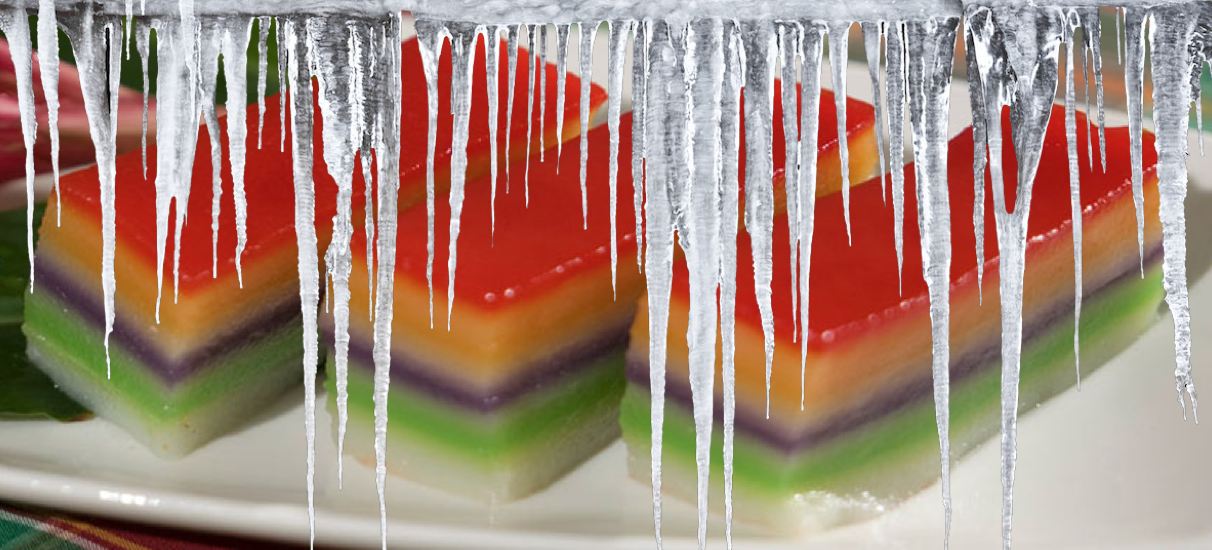The New York Times reported that a fruitcake, among other artefacts, was found in the South Pole's oldest building. Despite being 106 years old, the fruitcake was in "excellent condition", and "looked and smelled edible."
According to conservationists, the cake is believed to have belonged to Robert Falcon Scott, a British explorer, and his team. While Scott and his team perished during their expedition, the fruitcake was preserved by the extreme cold.
In Singapore, food is a huge part of our cultural heritage. If we could, we'd want to preserve some of them.
Traditional foods and recipes are at a risk of dying out without successive generations to take over the business.
Assuming it is possible to create a time capsule with temperatures similar to Antarctic conditions (approx -57oC), and that it is possible to thaw the food such that its original condition/texture is retained, here are some foods we want to freeze so future generations can have a taste:
#1. Tutu Kueh
Tutu Kueh is a white rice flour cake filled with coconut or peanut fillings. Ever since it made its debut in Singapore during the 1930s, it has become popular with locals.While there are still a handful of stalls that sell this traditional snack, the art of making it is fast dying out without the next generation to take over.
#2: Satay
Singaporeans love their satay. Who would have thought that charcoal-grilled skewered meat would go so well with peanut sauce?
 Photo from eNews
Photo from eNews
However, selling satay is hard work. Long hours are spent in a smoky kitchen standing over a hot charcoal fire (if it's not charcoal-grilled, it's not legit). As a result, not many in the younger generation are willing to carry on the trade.
#3: Kway Chap
Kway Chap involves braised meats, innards, and broad rice sheets in a dark soy sauce broth.
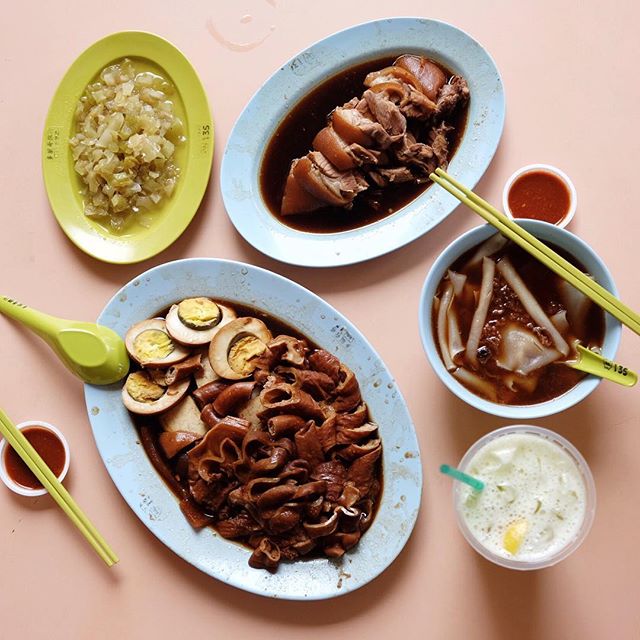 Photo from Burpple user Peter Wong
Photo from Burpple user Peter Wong
The cleaning of the skin and intestines take up a lot of time, meaning that many kway chap stalls have to start work in the wee hours of the morning. Time is also needed to braise the meats, making the entire preparation process extremely tedious.
Making kway chap is a time-consuming endeavour. Coupled with the fact that it isn't the most popular dish with the younger generation, learning to sell kway chap seems to be a lot of effort for very little returns.
#4: Putu Mayam
Putu Mayam is a traditional Indian dish made from rice flour and is served with orange sugar and coconut.
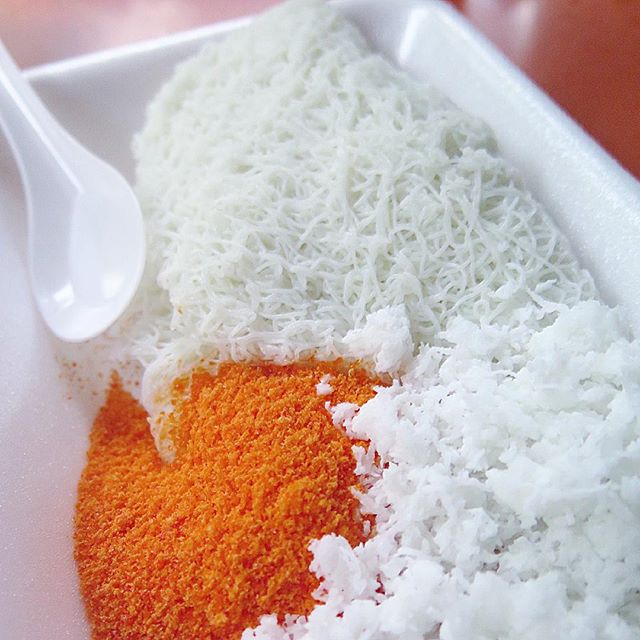 Photo from Burpple user Quenna Tan
Photo from Burpple user Quenna Tan
It used to be freshly made in Singapore until the 90s. Today, many stalls ship the Putu Mayam from factories overseas because the preparation process is too tedious.
#5: Kueh
While the English have their fruitcake, we have Kueh Lapis. However, it is not just Kueh Lapis that is worth preserving, but a whole range of traditional Nonya and Malay kueh.
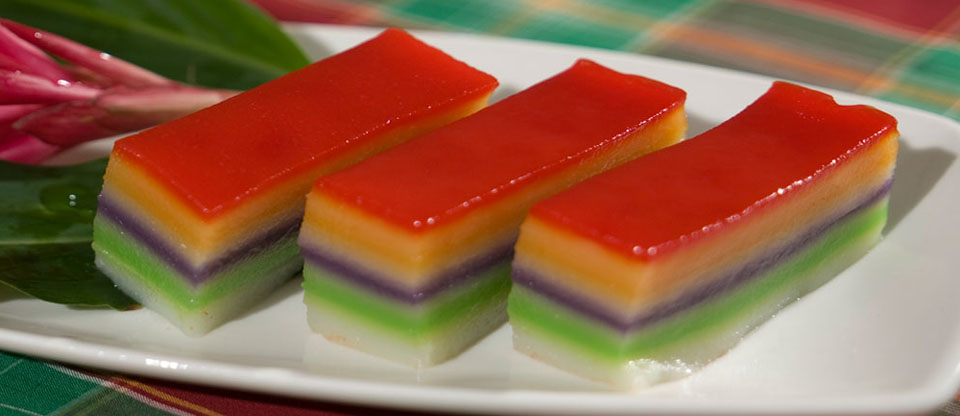 Photo from Malay Kueh
Photo from Malay Kueh
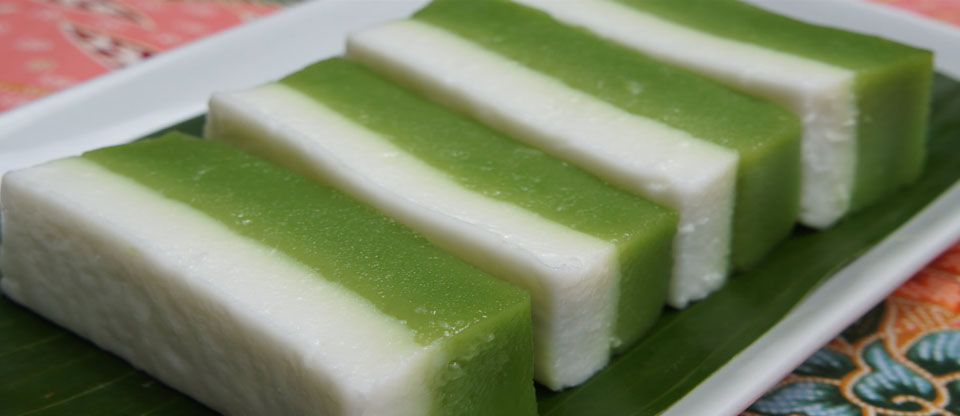 Photo from Malay Kueh
Photo from Malay Kueh
Making Kueh by hand requires requires skill and experience to get the texture right. Unfortunately, many traditional recipes do not get passed on and most Kueh are factory-made today.
Singapore is a food haven, and we would want to preserve every dish if we could. That aside, all that's left to do now is to create a time capsule.
Top photo composite image from Malay Kueh & PNG All.
[related_story]
If you like what you read, follow us on Facebook, Instagram, Twitter and Telegram to get the latest updates.
